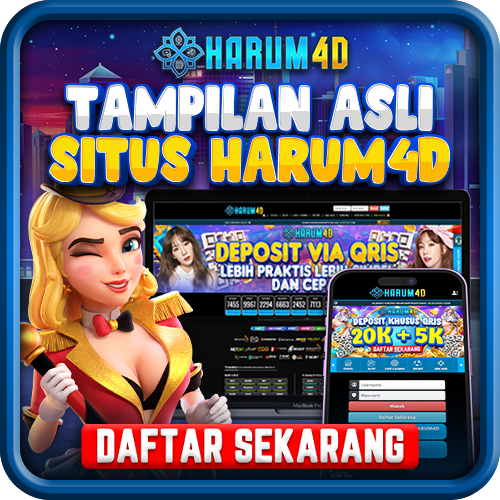
Rp. 10.000,00
Harum4d Agen Situs Slot Online Resmi Terpercaya & Akun Pro Agen Slot Gacor 2024
Bagi para pemain slot online pasti sudah tidak asing dengan namanya akun pro dari server thailand, jepang, kamboja, indonesia, malaysia ataupun server yang lainnya, kini sudah tersedia di harum4d dengan akun pro yang bisa daftarkan disini, dengan menggunakan akun pro sangat mudah untuk menangkan slot online yang ada di harum4d. Pastinya bagi para pemain slot online sudah tidak asing, jika mendengar tentang akun pro?
yah memang sudah tidak asing lagi jika di dalam dunia slot online, dan itu sudah terbukti di situs slot online harum4d dimana para pemain yang menggunakan akun pro tersebut sangatlah mudah untuk mendapatkan jackpot sensasional setiap harinya.



